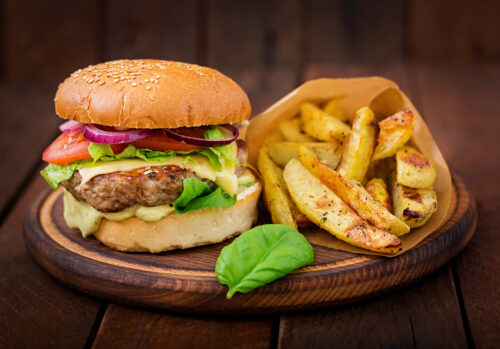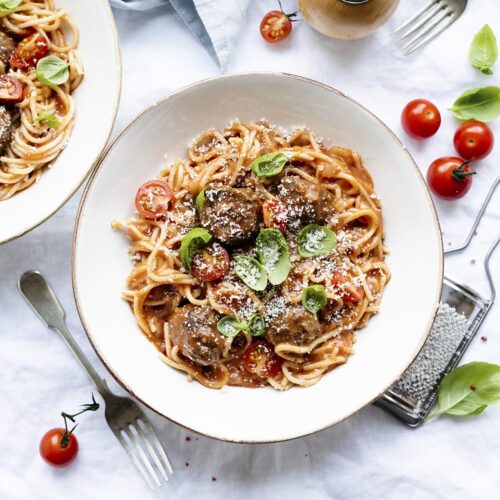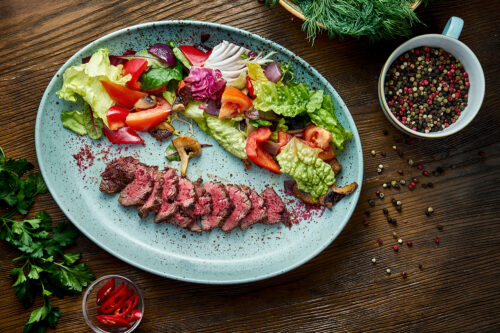Choosing The Right Equipment For Food Photography
When it comes to food photography, having the right equipment can make a significant difference in the quality of your images. While a professional camera with interchangeable lenses is ideal, it is not always necessary, especially for beginners. A good starting point is a DSLR or mirrorless camera with manual controls and a decent sensor size. These cameras offer more control over settings such as aperture and shutter speed, allowing you to capture stunning details and depth of field.
Investing in a few essential lenses can also enhance your food photography. A macro lens is particularly useful for capturing intricate details and textures, while a wide-angle lens can be great for capturing the entire scene or restaurant ambiance. Other important equipment includes a sturdy tripod to eliminate camera shake and ensure sharp images, external lighting options like diffusers or reflectors to control shadows and highlights, as well as props and backdrops to create an appealing composition.
Lighting Techniques To Enhance Food Appearance
Lighting plays a crucial role in food photography, as it can significantly enhance the appearance of dishes. One technique to consider is using natural light. Position your subject near a window or shoot outdoors during the day, taking advantage of soft, diffused light that creates gentle shadows and highlights the textures and colors of the food. If natural light is limited, artificial lighting can be employed effectively.
Softboxes or diffusers can soften harsh lights and prevent unwanted shadows. Experiment with different angles and positions to find the most flattering lighting for each dish, highlighting its unique features. Another technique is backlighting, where light is placed behind the subject. This creates a halo effect around the food, making it appear more vibrant and appetizing. Additionally, using reflectors or bounce cards can help fill in shadows by reflecting light back onto the subject.
Styling And Composition Tips For Captivating Food Photos
When it comes to food photography, styling and composition play a crucial role in capturing captivating images that make viewers crave the dish. Firstly, consider the overall aesthetics of the photo. Pay attention to color harmony and choose props that enhance the food’s appeal without overpowering it. Next, carefully arrange the elements within the frame to create an engaging composition. Utilize leading lines or diagonals to guide the viewer’s eye towards the main subject.
Experiment with different angles and perspectives to add depth and dimension to your photos. Remember that negative space can be just as impactful as filled space in creating a balanced composition. Emphasize textures, such as crispy crusts or gooey cheese, by getting up close and personal with your subject. Lastly, don’t be afraid to break traditional rules of symmetry or centering; asymmetry can often lead to more visually interesting compositions.
Editing And Post-Processing Techniques To Enhance Food Images
Once you have captured stunning food photographs, the next step is to enhance them through editing and post-processing techniques. One of the most important aspects of food photography is ensuring that the colors are vibrant and appetizing. Adjusting the white balance can help achieve this by correcting any color casts that may be present. Additionally, adjusting exposure, highlights, and shadows can bring out the details in your images.
Another crucial step is sharpening your food photographs to make them look more appealing. This can be done by using tools like the unsharp mask or smart sharpen filters. Furthermore, cropping your images strategically can draw attention to specific elements or create a pleasing composition. Lastly, consider using various photo editing software applications such as Adobe Lightroom or Photoshop to further enhance your images with advanced techniques like dodging and burning, selective adjustments, and noise reduction.
NOTE: Some content was generated by AI.



